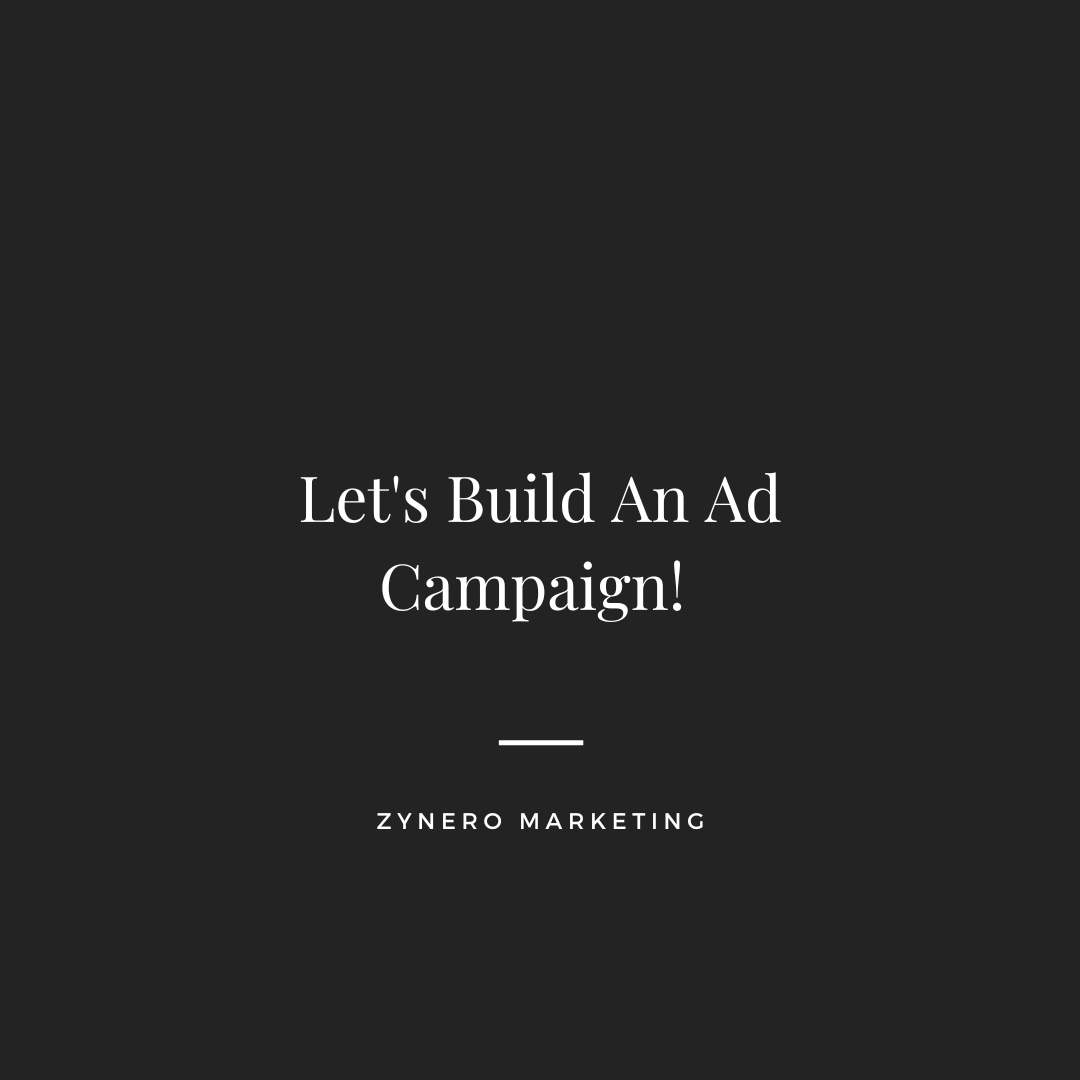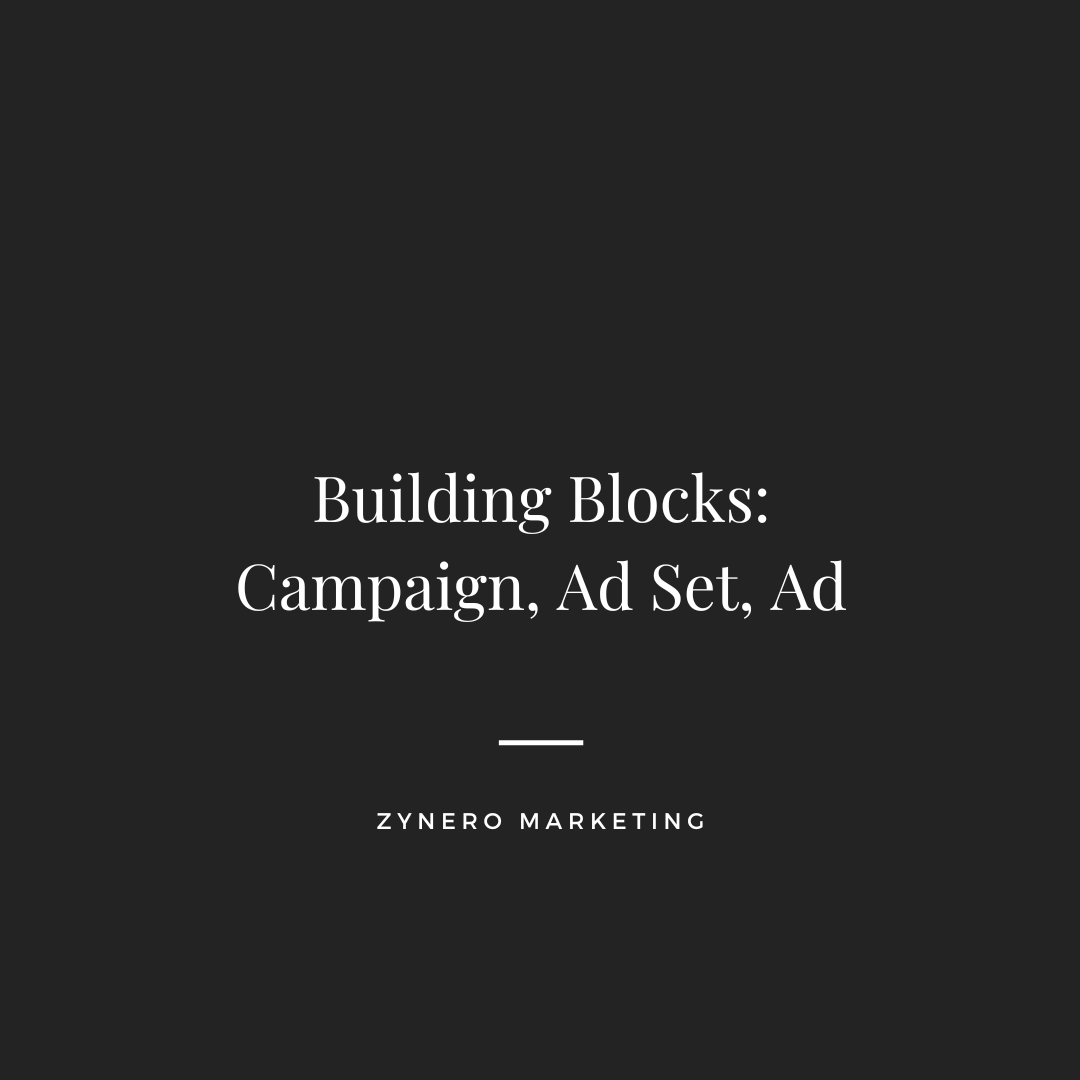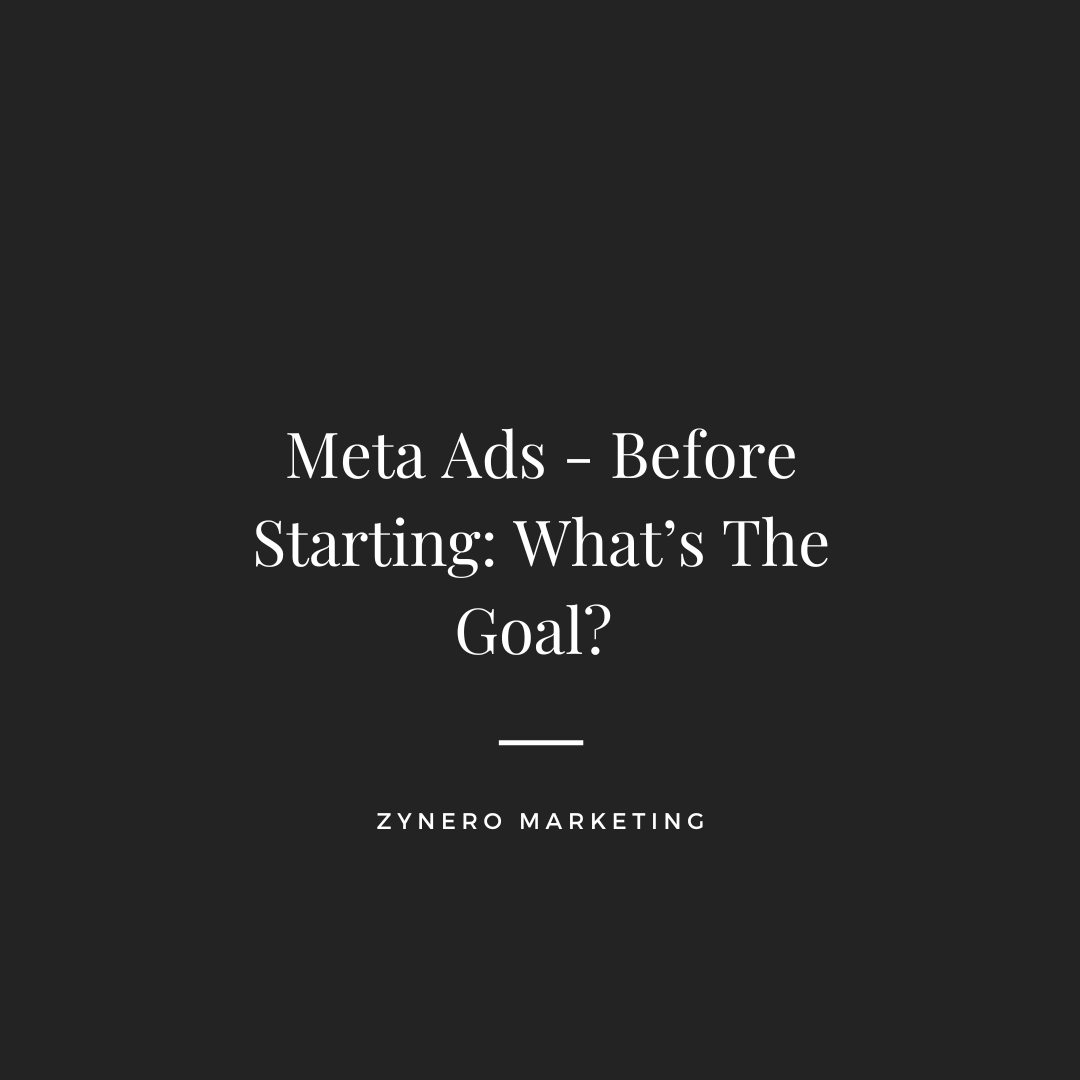Creating a Meta Ads campaign involves several key steps, managed primarily through the Meta Ads Manager tool. This guide will walk businesses right here in Bend and across Central Oregon through the process.
Step 1: Hopping into...
Meta Platforms, Inc. is the parent company of widely used social media platforms like Facebook, Instagram, Messenger, and WhatsApp. Consequently, Meta Ads are advertisements that users encounter while navigating these platforms. These often appear as posts labeled "Sponsored" or "Ad" within feeds or stories. These advertisements are not randomly displayed; businesses and individuals pay Meta to showcase their content to specifically chosen groups of people.
The capabilities of Meta Ads extend several benefits:
The rise of platforms like Meta Ads has significantly altered the advertising landscape. Historically, advertising was often costly and complex, frequently requiring the engagement of specialized agencies. Today, these tools have lowered the barrier to entry, making paid promotion accessible to individuals and small businesses with an internet connection and a modest budget. This shift empowers a wider range of creators and entrepreneurs.
The highly specific targeting capabilities of Meta Ads are fueled by the data these platforms collect. User activities, such as liked pages, shared content, and interactions, contribute to a profile that advertisers can target. For any user, especially younger individuals active online, this illustrates how their digital footprint is part of a larger data ecosystem that informs advertising. This understanding is a component of digital literacy, highlighting how personal data contributes to the functioning of the digital economy.
Furthermore, the design of many Meta Ads aims to make them blend seamlessly with organic content in user feeds. This "native" appearance means that advertisements may not always be immediately distinguishable from non-sponsored posts. Consequently, users, particularly those who spend considerable time on social media, benefit from developing discernment in evaluating the content they consume, differentiating between peer-generated posts and paid promotions.
Lorem ipsum dolor sit amet consectetur, adipisicing elit. Ipsa libero labore natus atque, ducimus sed.


